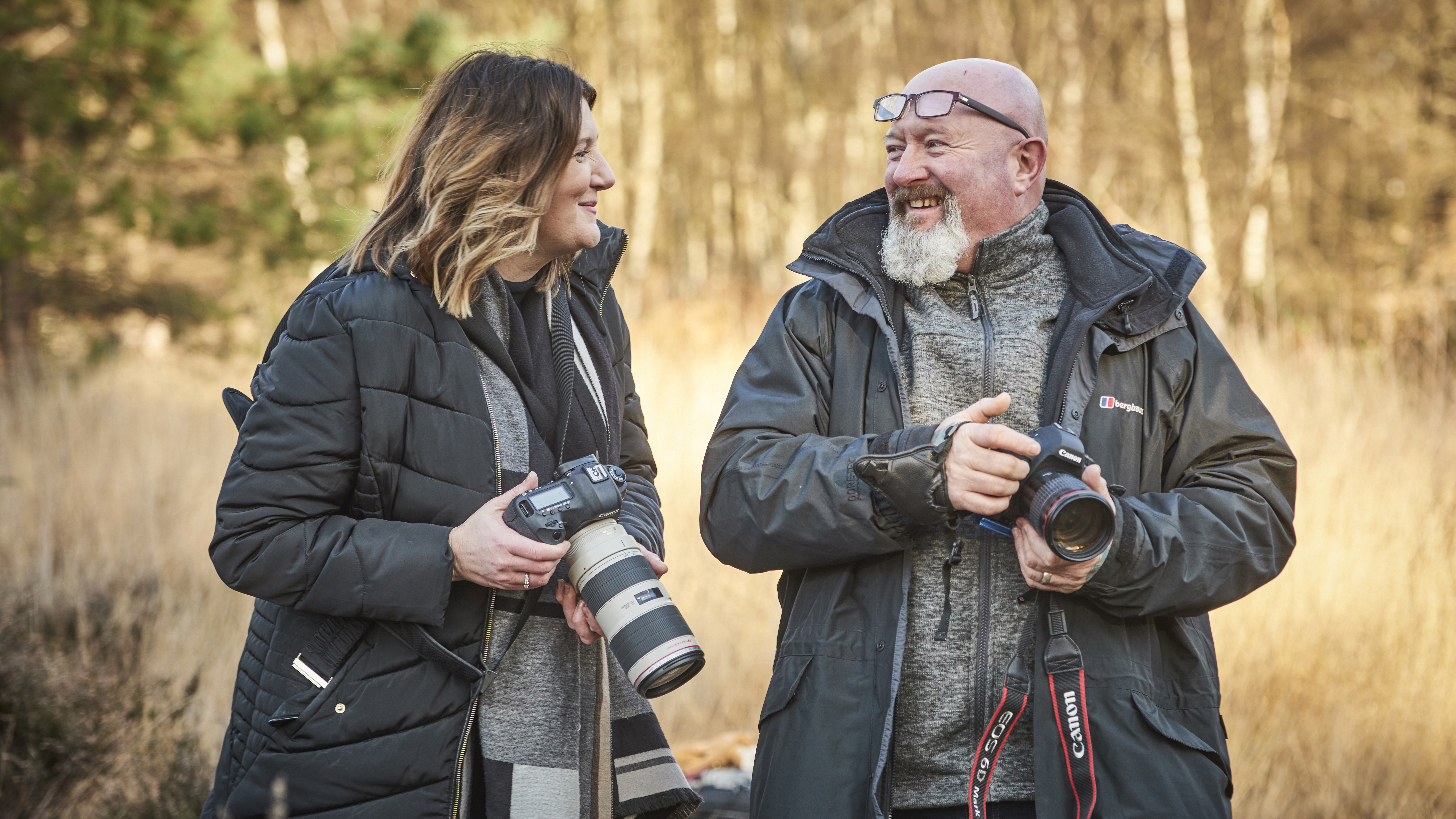A history of Kodak: from underdog to household name
The rise, fall and up-climb of the household photography brand Kodak
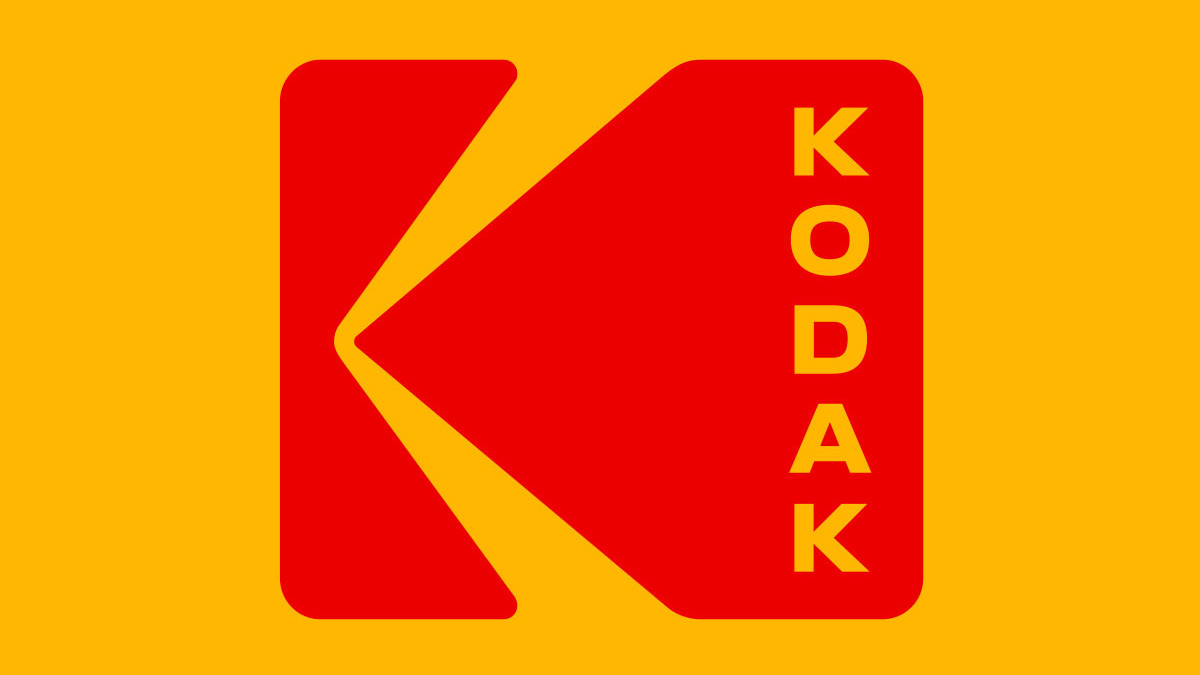
Kodak is now a household name, but it had a hard time getting where it is today. In fact, some would say that Kodak's history is that of the underdog, but why is that, how did it become the a household name, and why is it the choice of thousands of film photographers around the world? Let's take a deep dive!
Kodak was created in 1888 by George Eastman and its factory was founded in Rochester, New York where the company is still making film today. Now for a company that has been in production for 134 years, you would think that it would be on the same level as many household names, earning billions a year, and to an extent it does, or at least it did in 2020, with a revenue of 1.018 Billion.
That sounds amazing to us, but in the long game, that's not every much at all. How did Kodak become a global icon, and why is it still in our camera bags today?
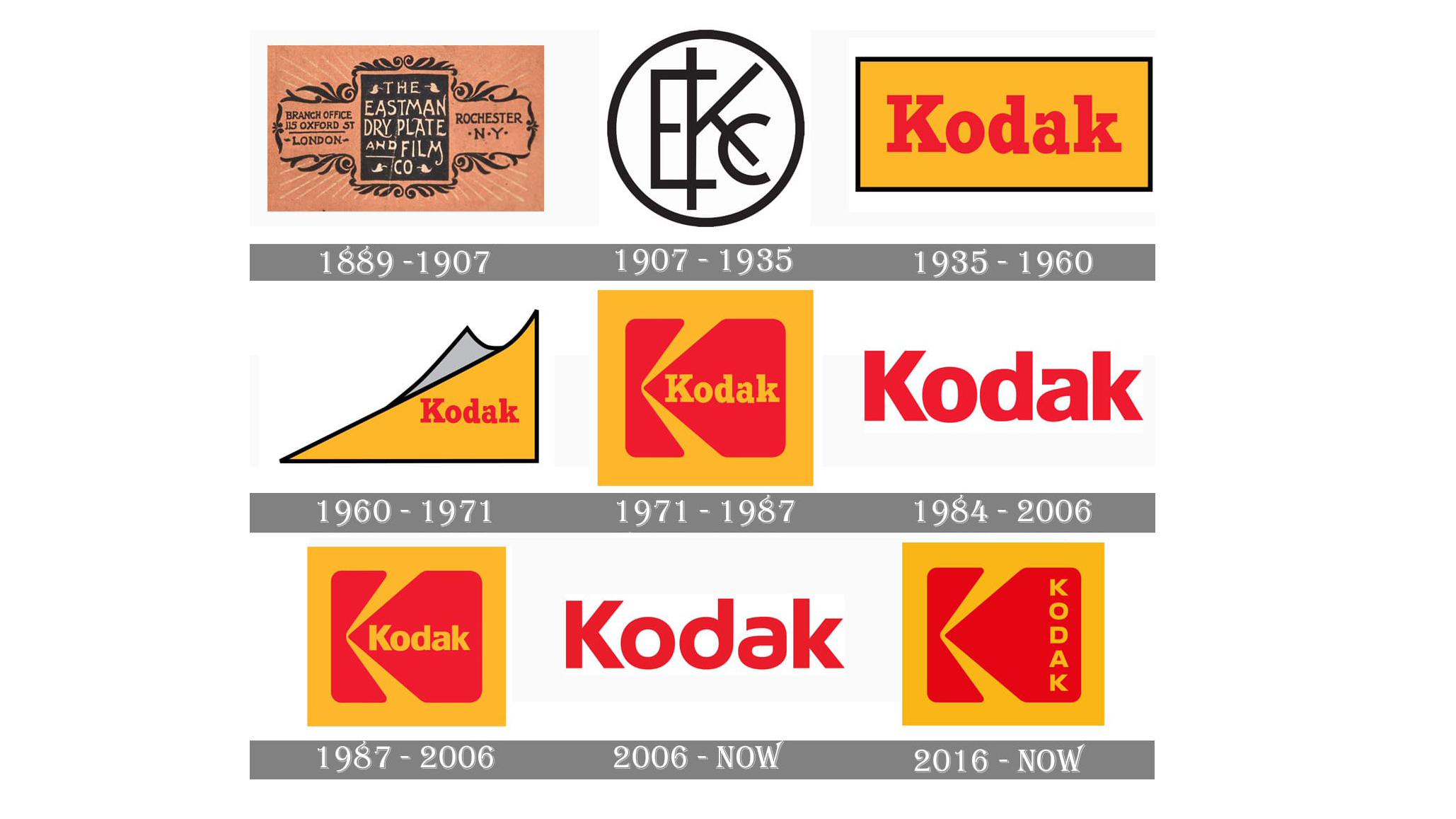
Kodak took the approach of supplying film and the medium of photography to all levels from amateurs to professionals and every household in between. Kodak offered solutions to everyone, allowing and supporting a whole new generation of personal image taking.
For Kodak, or as it was know back in 1888 as Eastman Dry Plate and Film Co, the first camera to be produced was The Kodak, a wooden box measuring 3.5 x 3.5 x 6.5 inches which featured a roll of film inside that could take 100 photos at 2.5" in diameter. Once you had shot the whole role you would then take it to Eastman to get your film developed and a new roll of film would be placed in The Kodak to send you on your way to take more pictures.
This was basically the start of film processing, and the introduction to the disposable camera in which we know it today, and all this cost you $25 (which was a lot of money back then)!
This started a movement of more and more people taking photos of their holidays, interests and actual photographers selling their work and being hired to take photos, coining the Kodak slogan " You press the button, we do the rest".
Get the Digital Camera World Newsletter
The best camera deals, reviews, product advice, and unmissable photography news, direct to your inbox!
The biggest determination for Kodak was accessibility of their, they didn't invent film, but they invented the accessibility of film photography and photography in general, and they were also masters of marketing back in the day.
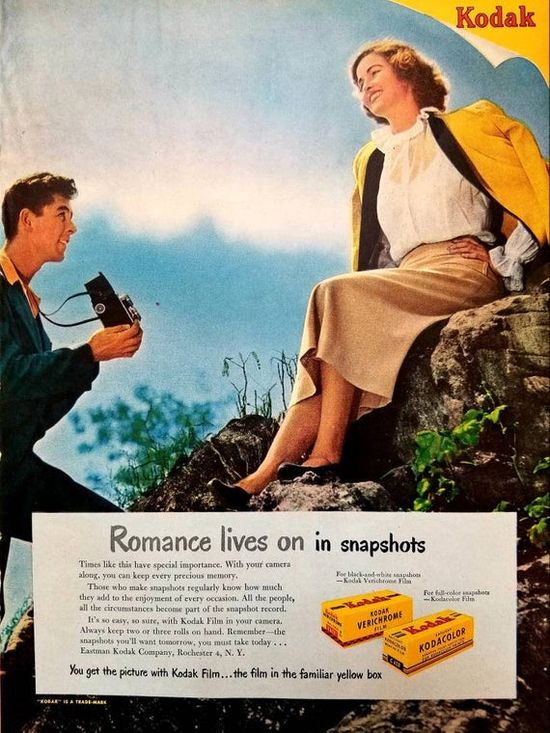
A pivotal point in the history of Kodak was the realization that Kodak did not need to make cameras, but could just manufacture, produce, distribute and process the film being used in cameras by the masses, and then make the photographic paper to showcase photography to the world in galleries or people's homes, thus making them a profitable company and a household name in the making.
That was until the digital camera was invented, and the digital revolution that delivered an instant gratification to many photographers. You didn't have to wait for your images to be scanned and processed to see if they turned out good or bad, and if they were bad you just took another photo.
Kodak pushed back for over 10 years stating that "Photographers want a tangible asset to keep, to hold in their hands." That might be true today with the analog resurgences, but ironically, Kodak's high position in the photography market fell to digital technology because of it own major UPS; accessibility!
In 2011 Kodak fell off the S&P 500 list, a list which showcases the biggest 500 companies across the whole of the Unites States, later in that year Kodak's stock price dropped by over 50%, and at its worst was worth a mere $0.54 a share! This would then result in Kodak filing for Bankruptcy. In 2013 Kodak as we know it exited bankruptcy by selling off its brands and licenses to stay afloat.
Kodak is not split into two main divisions, Kodak Alaris and Kodak Eastman. Kodak Alaris now owns all the rights and production of Kodak film as we know it today, so your fancy Portra 800 to your layman's Ultramax 400 is all produced by Kodak Alaris, which is British-owned and bought for a reported $3 Billion.
Kodak Eastman is American-owned and in charge of all production and running of the business that provides Kodak motion-picture film to Hollywood and the film industry today. This brand is synonymous with the "Kodak" name, they also own the official Kodak Instagram account, even thought they are not involved with Photography. Go figure!?
So how else is "Kodak" making money? well, they licensed they only thing they had of value at the time, the name. Have you ever seen batteries, film cases, bags, even some new film cameras, like the Kodak Ektar H35, well the isn't actually made by Kodak, the name is just licensed to Reto.
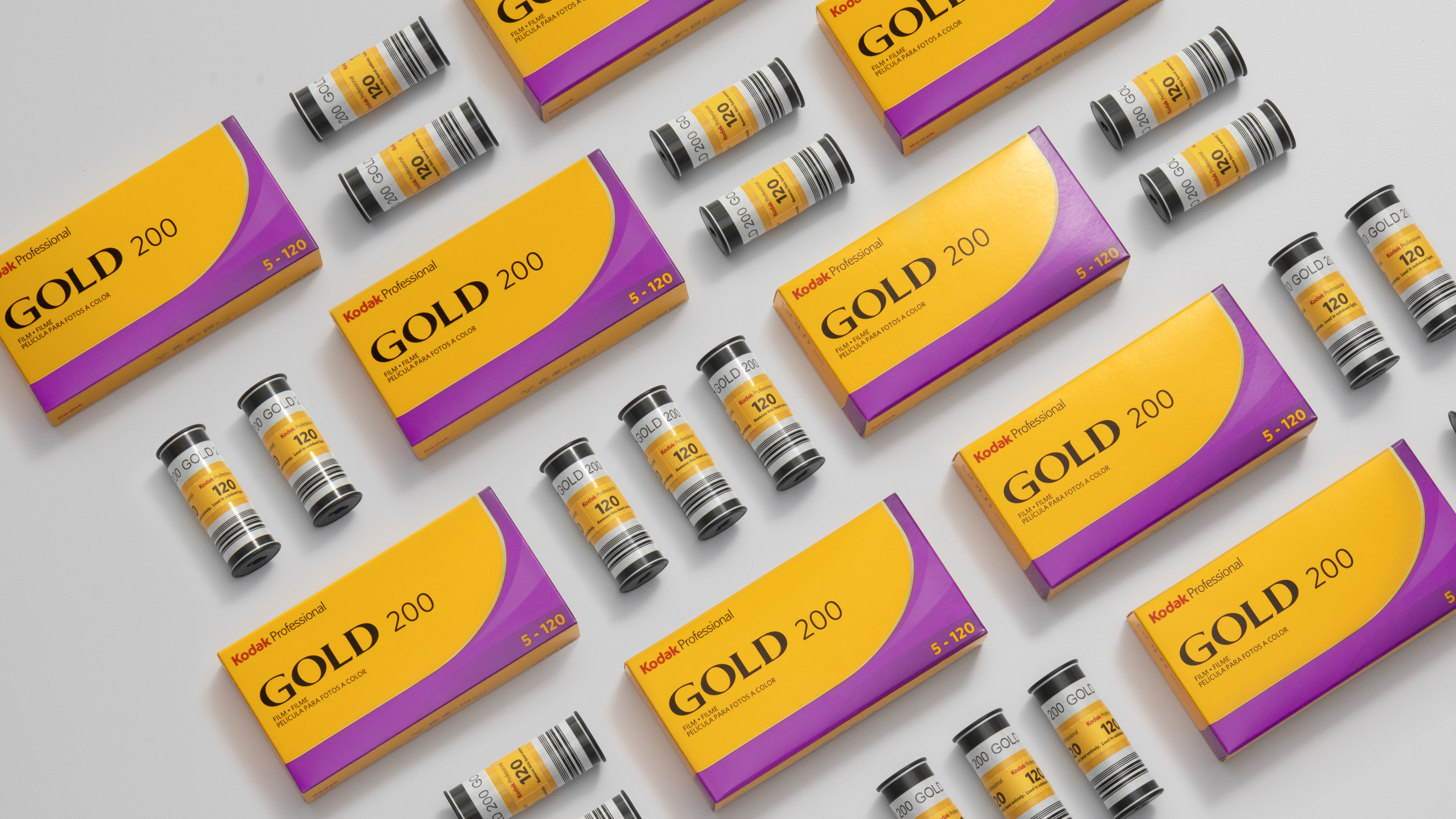
Fast-forward to 2022 and the hype surrounding film photography again, Kodak has to increase production and even re-introduced some older film stock back to the market, but what most don't know is the factory in Rochester, New York did not expand or change during the divide, so the same factory in the 60's is still producing your film today, the infrastructure did not change, hence why we now see film prices skyrocketing and Kodak not fulfilling the supply, to the demand from old and new photographers wanting to shoot film again.
So the next time you shoot a roll of Portra 800, Ektar 100 or even the newly re-launched Kodak Gold 200 in 120 format and complain about the price increase or the lack of supply, imagine your a 9 year old company that shut down half of its production methods, that is now only just running at full power since the 60's, trying to supply a global demand which you did not see coming....
Give Kodak a break!

For nearly two decades Sebastian's work has been published internationally. Originally specializing in Equestrianism, his visuals have been used by the leading names in the equestrian industry such as The Fédération Equestre Internationale (FEI), The Jockey Club, Horse & Hound, and many more for various advertising campaigns, books, and pre/post-event highlights.
He is a Fellow of the Royal Society of Arts, holds a Foundation Degree in Equitation Science, and holds a Master of Arts in Publishing. He is a member of Nikon NPS and has been a Nikon user since his film days using a Nikon F5. He saw the digital transition with Nikon's D series cameras and is still, to this day, the youngest member to be elected into BEWA, the British Equestrian Writers' Association.
He is familiar with and shows great interest in 35mm, medium, and large-format photography, using products by Leica, Phase One, Hasselblad, Alpa, and Sinar. Sebastian has also used many cinema cameras from Sony, RED, ARRI, and everything in between. He now spends his spare time using his trusted Leica M-E or Leica M2, shooting Street/Documentary photography as he sees it, usually in Black and White.
